Adventure travel doesn’t have to mean heading off to the next hot locale where social-media posts promise solitude and excitement. You can just as easily score seclusion and savor something new in well-trodden places—if you know where to look.
From thru-hiking a Spanish island to cycling South Africa, here’s our advice for how to experience some of the world’s most iconic adventure-travel destinations in a new way.
Sedona, Arizona
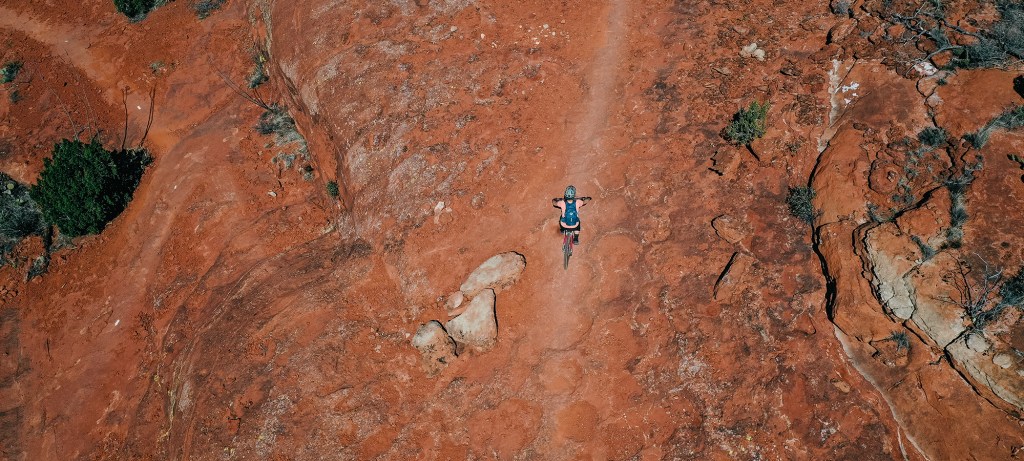
Sandstone juts from the desert floor, changing color as the light shifts throughout the day. Transitioning from low to high desert, the area around Sedona is more forested, greener and cooler than the rest of the state, lending itself to outdoor pursuits even in the summer heat. And with 1.8 million acres of national forest a stone’s throw from the city, it’s impossible to stay inside. But most people end up in one or two well-known spots, which means that Sedona’s surrounding wilderness is packed with people.
That’s why Brian Jump points to the Secret Canyon Trail, which, as the name suggests, is a little-known hike just 9 miles from town in the Coconino National Forest. The 10-mile out-and-back reminds us of the popular West Fork of Oak Creek Canyon, just without the people. You’ll trek along sand, dust and rock before finding yourself in a canyon filled with fragrant ponderosa pines (get close and their bark smells like butterscotch) and a cold brook perfect for foot soaks. Just beware, you’ll need a high-clearance vehicle to get to the trailhead.
San Juan Islands, Washington
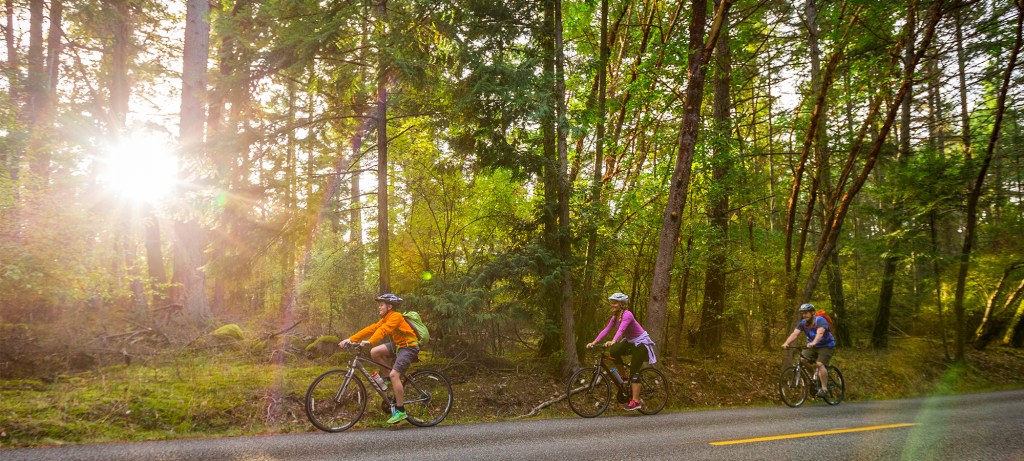
It’s no wonder Washington’s San Juan Islands are so popular. The 172-island archipelago is just 90 miles north of Seattle, population 747,300, and around 35 miles south of Vancouver, population 675,000. Then there’s the 300 miles of coastline to explore, orca pods and gray whales to spy, and snowcapped peaks to drink in. But most visitors make a beeline for the rolling hills, lavender fields and alpaca farms of San Juan Island, which you can reach via ferry, clipper or even seaplane.
If you’re hoping for solitude, head to Stuart Island. “It’s a beautiful, isolated and intimate,” says Heather Gyselman. One of the northernmost isles in the archipelago, Stuart Island is only reachable by water taxi or by a private boat or plane. But once you get there, you can trek 3 miles to the historic lighthouse at Turn Point Light Station and look out across Boundary Pass toward Canada. Paddlers should canoe or kayak to one of the 14 primitive campsites along Prevost Harbor, where you might glimpse porpoises or endangered Steller sea lions. And after the sun sets, Gyselman suggests a paddle through the bioluminescence.
Menorca, Spain
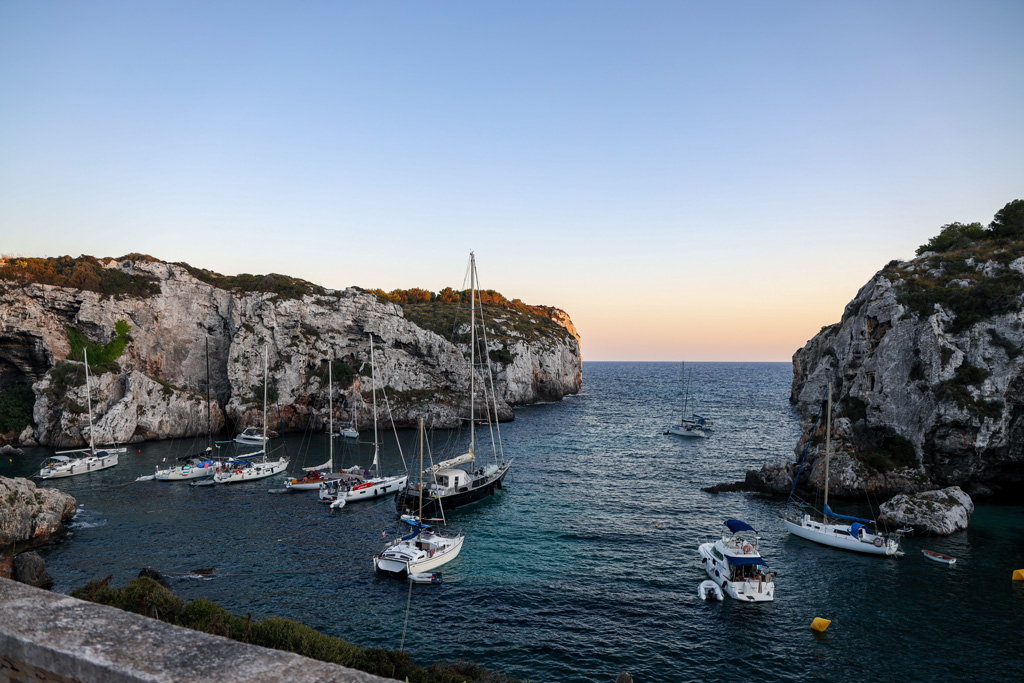
(Photo Credit: Mor Shani)
From the cosmopolitan Barcelona to the medieval castles of Andalucía, Spain has something for everyone. And for hikers, that something is usually the Camino de Santiago, an epic, cross-country pilgrimage to the city of Santiago de Compostela.
But, according to Janel Jensen, one of Spain’s best long-distance hikes isn’t even on the mainland. It’s on tiny Menorca, a Balearic Island in the Mediterranean Sea just southeast of Barcelona. Menorca’s pine forests, quiet beaches and hidden coves are all connected by the Camí de Cavalls, an ancient, 115-mile path that circumnavigates the isle from its olive orchards to the dunes and marshes of its UNESCO Biosphere Reserve. There are 20 stages in total, and they can be done in order, or at random, whatever you fancy.
Corsica, France
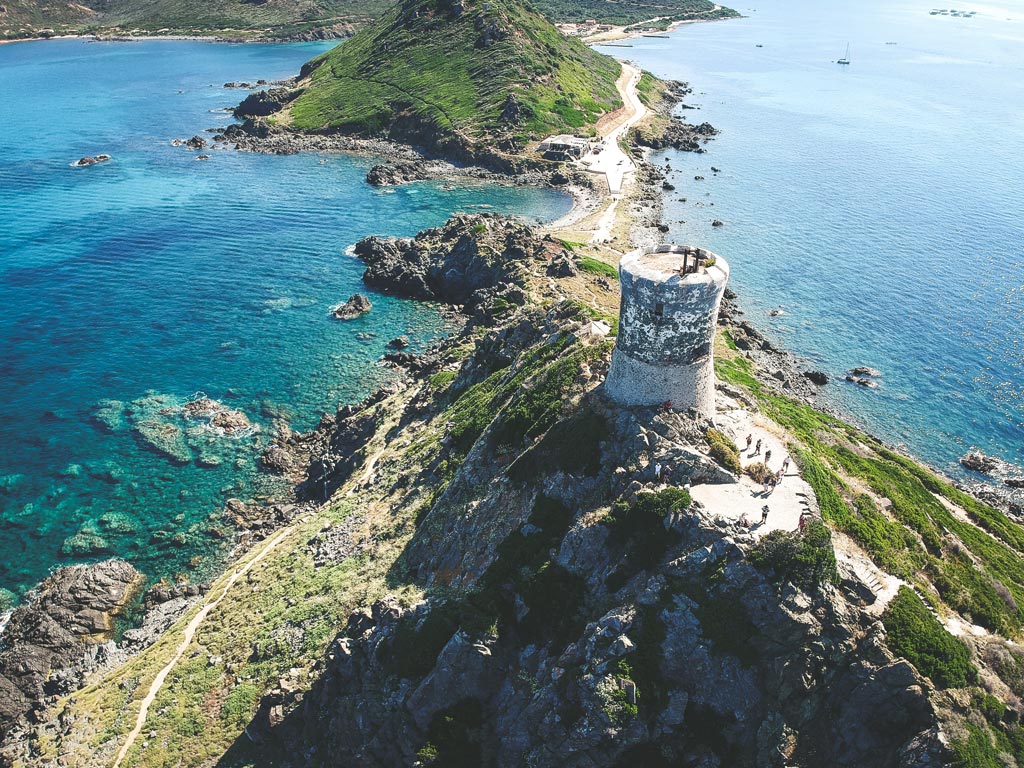
(Photo Credit: Kévin Langlais)
We could never hope to summarize what it’s like to explore France. From hiking the Alps to cycling the Loire Valley in search of the perfect wine, it’s simply too massive. What we can do is tell you to head straight to Corsica for peace and quiet—and adventure. The Mediterranean island is actually closer to Italy than France, and Jensen loves it for its long history, which includes occupations by Greeks, Romans, Italians and finally the French. But its history is matched by its mountainous coastlines, pristine beaches and a lovely lack of tourists.
Once you’re there you must trek the GR 20, a rugged trail that winds 112 miles as it gains 35,000 feet along the island’s backbone of granite. It’s part of Europe’s Grand Randonnée network of long-distance footpaths. The route, called Fra li monti (or across the mountains in Corsican), is widely considered the most difficult of the lot. But while it can be tough going, the shocking-blue alpine lakes, expansive views of the Mediterranean and rustic hut system make it well worth the effort.
Lofoten, Norway

(Photo Credit: Ansgar Scheffold)
In Norway, it’s almost impossible to avoid the classics. Selfies snapped at Trolltunga and Pulpit Rock, iconic rock outcrops overlooking the country’s famous fjords, are practically a photo genre all their own on Instagram. So sure, take a picture or two. Then head north to the Lofoten Islands where mountains rise out of the stormy Norwegian Sea and fewer tourists go.
“Norway is a land of raw beauty,” Jensen says. “I’ve been to a lot of places, but when I got to the Lofoten Islands, I thought, ‘How does this place exist?’” Its deep fjords are ideal for kayaking and fishing. What’s more, depending on the season, you’ll either be able to adventure under the light of the midnight sun or catch the play of the Northern Lights. Just don’t miss the chance to stay in a traditional fishing hut known as a rorbu, Jensen says, and surf the bright-blue water. One such spot? Unstad Beach on the island of Vestvågøya, which is known for its epic breaks.
Baja, Mexico
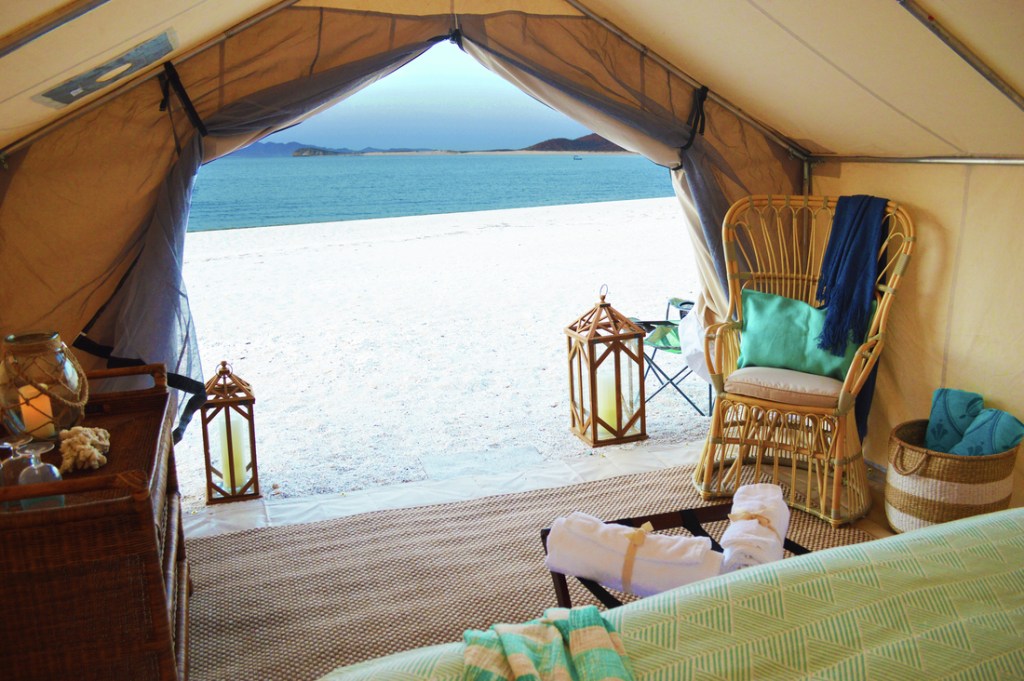
Most tourists set their sights on hitting the beach in the Yucatán or Cabo when they head south of the border. Skip the beach resort. With high mountains, deep canyons, sweeping deserts and dense rain forests in all corners of the country, there is plenty more to explore.
Kii Peninsula, Japan
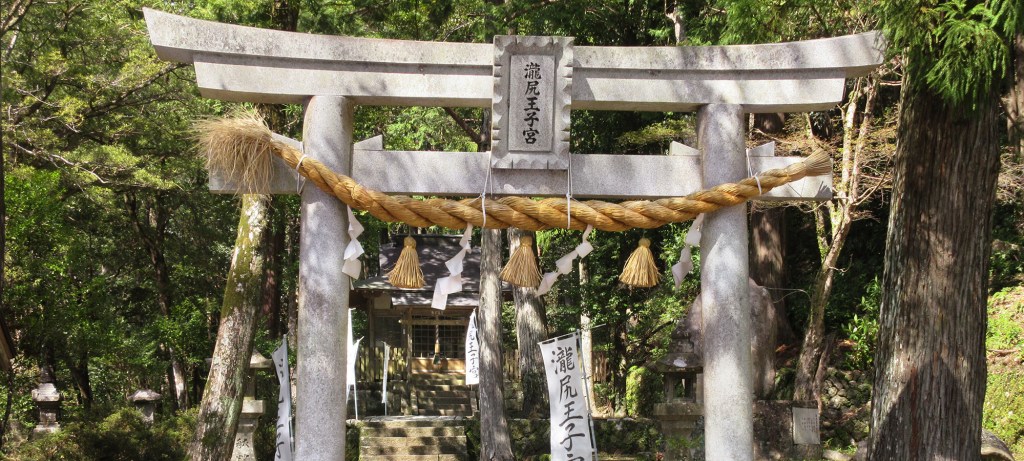
Hiking Mount Fuji outside Tokyo and skiing powder turns in Hokkaido are epics worthy of every adventurer’s bucket list. But if you’re interested in a lesser-known excursion, it would be a travesty to miss the Kumano Kodō. This UNESCO World Heritage-designated network of pilgrim trails traverses the mountainous Kii Peninsula just south of Osaka, connecting shrines and temples deep within the verdant mountains and quiet valleys.
There is no single official route, but the Nakahechi, also known as the Imperial Route, is a good place to start. The cobblestone pathway will take you to 99 shrines over a series of days. You’ll never be too far from civilization, which means you can pick whether you wish to stay in a hotel or a traditional ryokan each night, where you can sleep in tatami-matted rooms and enjoy communal baths.
Doubtful Sound, New Zealand
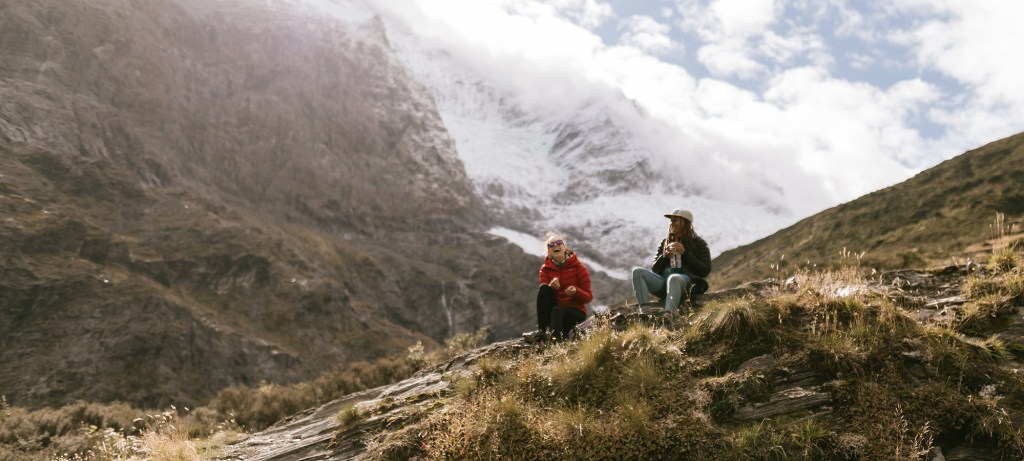
Millions travel to New Zealand each year to experience some of the most pristine landscapes on the planet. But don’t worry about crowds. “A little more effort to get off the beaten track will take you to a place where you feel like you’re the only one around,” says Jeff Stivers, supervisor of program management and operations at REI.
Doubtful Sound in Fjordlands National Park, located on the southwestern tip of the South Island, is one of the country’s largest fjords. But while it’s nearly three times as long as the super popular Milford Sound, it’s just difficult enough to reach to deter many travelers. As you glide along its forested shores in a sea kayak you may catch sight of fur seals and Fiordland penguins. Be sure to take it all in: The place deserves its traditional Māori name, Patea, or freed from burdens.
Garden Route, South Africa
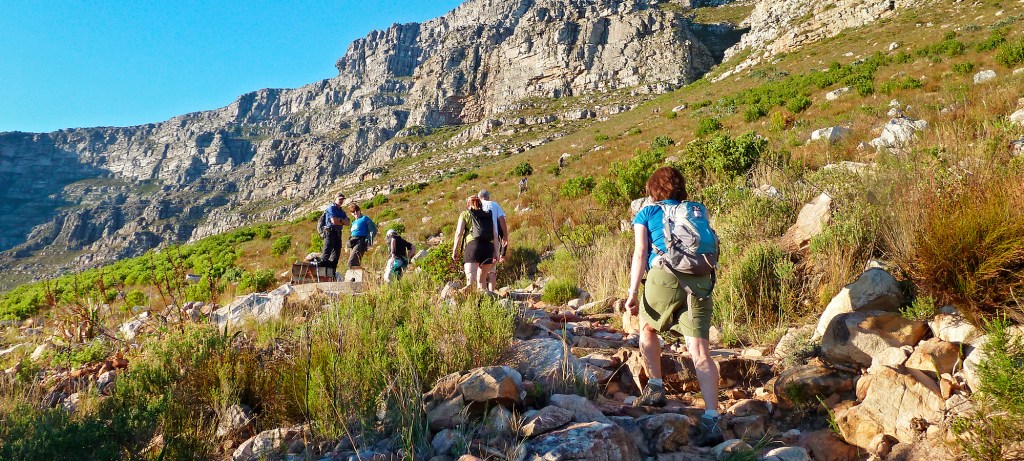
No trip to South Africa is complete without wandering through a gigantic game reserve in search of sunbathing lions, rhinos in the flesh or elephants splashing at a watering hole. But instead of heading straight to a single preserve, Stivers suggests driving or cycling the Garden Route, a 124-mile stretch of the Western Cape between Mossel Bay and Storms River, just east of Cape Town.
The route is a UNESCO Biosphere Reserve. Plus, you can stop off at Wilderness National Park, which protects three major zones of indigenous forest, four types of wild shrubs, along with lakes and waterways—and offers opportunities for hiking, canoeing, mountain biking, abseiling, fishing, birding and paragliding. And you should be sure to plan a day or two at Kariega Game Reserve. Set on 22,240 acres, it offers five different ecosystems where you can finally check off Africa’s Big Five.
